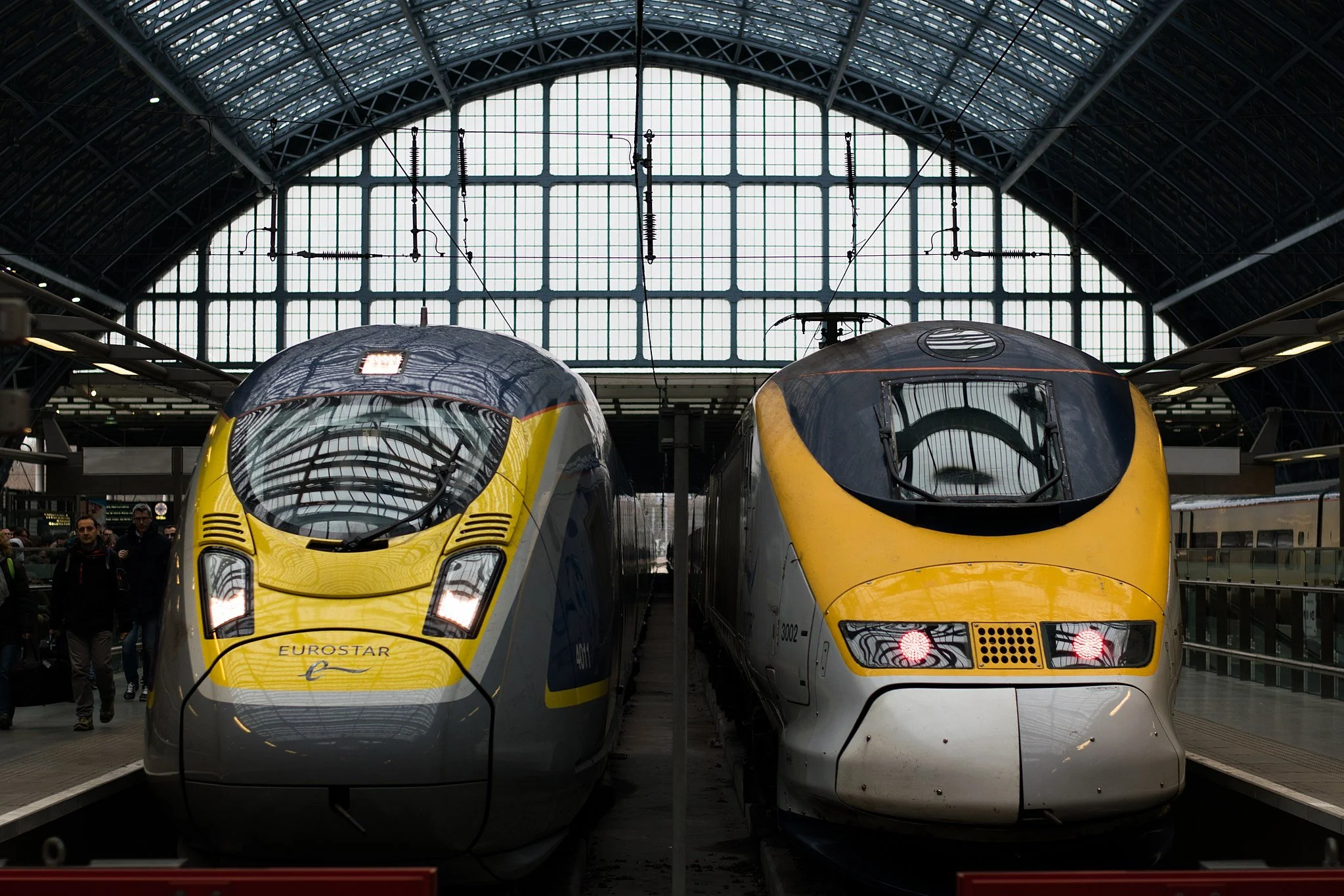(S)low carbon business travel
At MSQ Group, we’re undergoing a major migration of our emissions data to a new carbon accounting tool, but at the last count, our business travel emissions were 23% of our total annual emissions.
So, I set myself the goal of reducing the emissions I was causing as much as possible. When one of our partners, Umbraco, organised its annual community teams’ meetup, I decided to take the train from my home in the south of England to Odense in Denmark. I was very keen to see if any of the problems I discovered last year had improved.
Because I’d done the same journey last year, I knew the route I needed to take. But Umbraco were using a booking partner (speaker.travel) this year. For most people (who were flying), booking their flights was done easily by booking directly on speaker.travel’s portal.
However, because my train journey was unusual and had multiple stopovers, a fair few emails backwards and forwards were required to get the journey sorted. (Shout out to Maarten from speaker.travel who was very helpful and patient!).
This experience shows that rail is still on the backfoot when it comes to travel planning. The complexity of booking is a barrier for long distance rail, in a way that it isn’t for flying.
I wanted to also compare the cost and emissions between different travel routes, and used three different options:
Most convenient – Taxi to Heathrow, flight to Copenhagen, train to Odense.
Cheapest – Train to Heathrow, flight to Copenhagen, train to Odense.
Least emissions – Train to Brussels, train to Cologne, train to Hamburg, train to Odense. Including an overnight hotel stop in Cologne on the way there, and in Brussels on the way back.
These were the results:
When looking at optimising emissions vs convenience, to reduce emissions by 90%, it cost 44% more.
If we look at this purely financially, it was 2.3 times more expensive to do what I did compared to the cheapest route.
As Head of Sustainability at MSQ, I often have to push back on the narrative that “more sustainable = cheaper”, because organisations do need to invest money to make worthwhile emissions reductions. You can’t just optimise for cost and expect an emissions reduction.
But I suspect even the most open minded of financial and procurement folks are going to push back on travel that's 2.3x more expensive.
Unfortunately, this discrepancy is because of government policies. Airlines don't have to pay taxes or excise duties for the kerosene used in jet fuel. Equally, there are no government-level agreements for multiple country, multiple day rail travel.
This unequal treatment must change.
We, as consumers, also need to change our mindset. It took me the best part of two days to get from my house to Odense. That is compared to around one day if I’d flown. But because the cross-country trains in Europe are very comfortable, fairly empty, have decent WiFi, and all the stations have vegan food, it was genuinely not an inconvenience (nor a sacrifice productivity wise) to take that extra day.
My journey was a fairly extreme case, but when it’s properly planned, it is worth it from an emissions perspective (remember that ~90% reduction!). When people are flying within the UK, or flying to mainland Europe for industry events (yes, Cannes Lions, I’m looking at you), the barriers of cost and inconvenience for an equivalent train journey are much lower.
There are no simple answers for the climate and ecological emergencies, but the clearest answer is, we can’t keep doing what we’re doing now.
When agencies and clients are being challenged to #ChangeTheBrief, that needs to extend to every part of a project. For business travel, my take is that travel isn’t binary. The decision is not just “should we do this remotely or should we travel?” It’s also “how should we travel?”.
You might just inspire someone else to do something differently.






